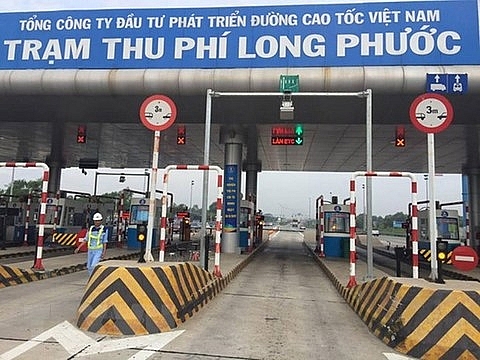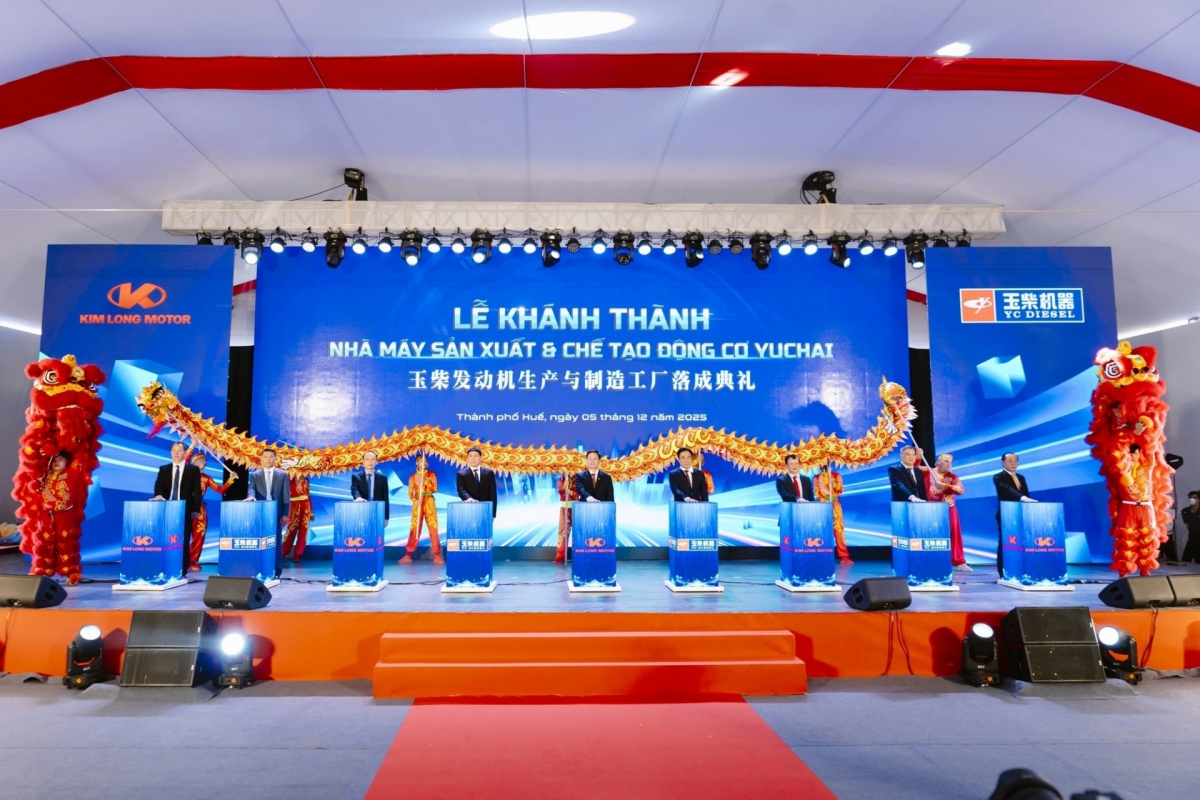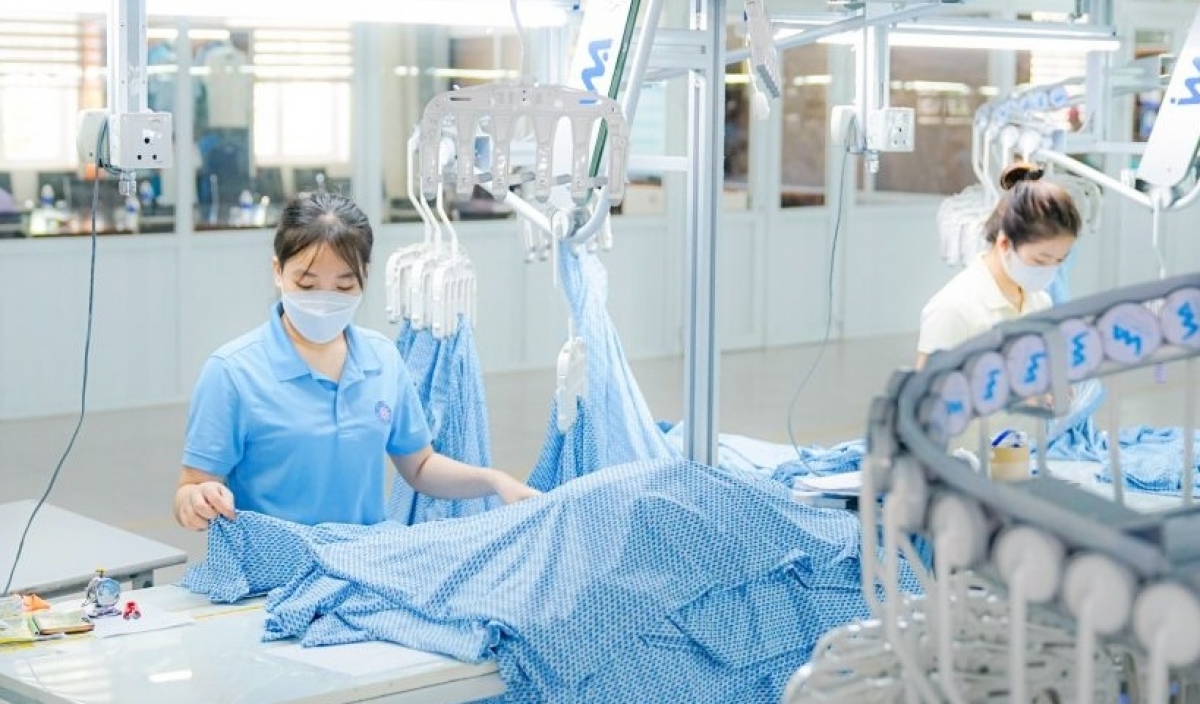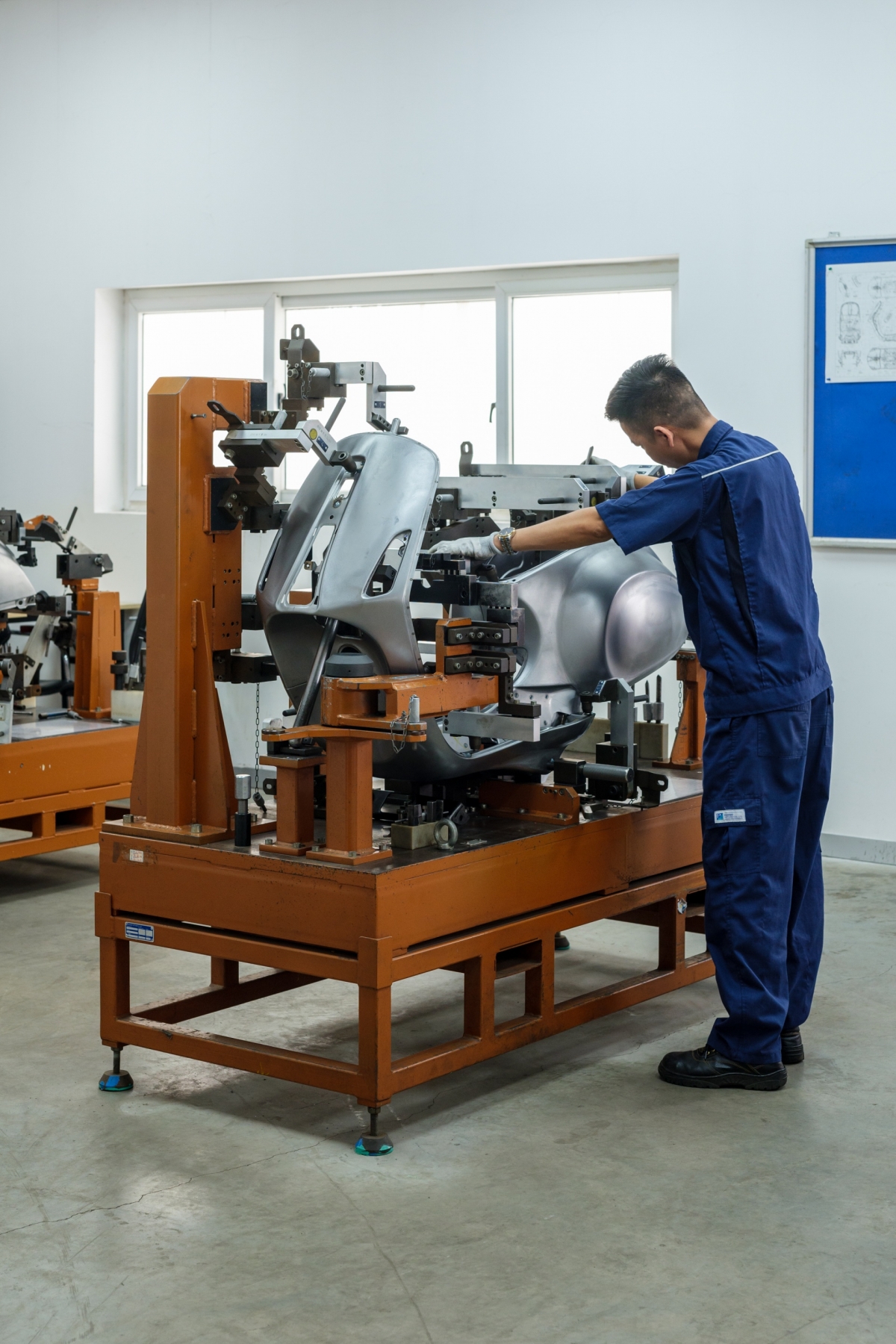INTERNATIONAL INVESTMENT
AND PORTAL
A total of 19 build-operate-transfer (BOT) projects reported revenues lower than 70 per cent, and three of these reported revenues lower than 30 per cent compared to their financial plans, according to the Ministry of Transport (MoT).

Reporting to the National Assembly on June 5, the leader of the MoT said that the country currently has 54 BOT projects with toll collection, and 41 of them have gained less than the financial plan in the contract.
Of which, the revenues of 19 projects were less than 70 per cent of the financial plan, and three reported income of less than 30 per cent, namely the Thai Ha bridge, connecting the two provinces of Thai Binh and Ha Nam, the expansion of the Ho Chi Minh national road (in Dak Lak province), and building Binh Loi railway bridge (in Ho Chi Minh City).
The Ministry of Transport raised many reasons for the decrease in revenue. Businesses were directed to reduce fares for vehicles near toll stations for trucks of 10 tonnes or more, according to Resolution No.35/NQ-CP (dated 2016) on supporting and developing businesses. Over the past seven years, they have not increased the fares, despite the contract stipulating to raise fares every three years.
Some BOT routes also have reduced revenues due to the formation of parallel roads and crossroads near the toll stations where vehicles do not enter the tolled road.
The MoT proposed spending the state budget to buy these three BOT projects, reviewing and evaluating each project to increase the fares appropriately, and removing difficulties for enterprises without affecting freight costs.
The ministry also proposed to allow credit institutions to restructure debts, freeze debts of BOT investments that are at risk of generating bad debts in the time to come, and proposed localities to carefully assess the impact of BOT projects on the locality before construction.
In addition to solving the problems of BOT projects with inadequate revenues, the ministry also proposed to buy four BOT tolls for projects with many shortcomings.
By Nguyen Huong



















